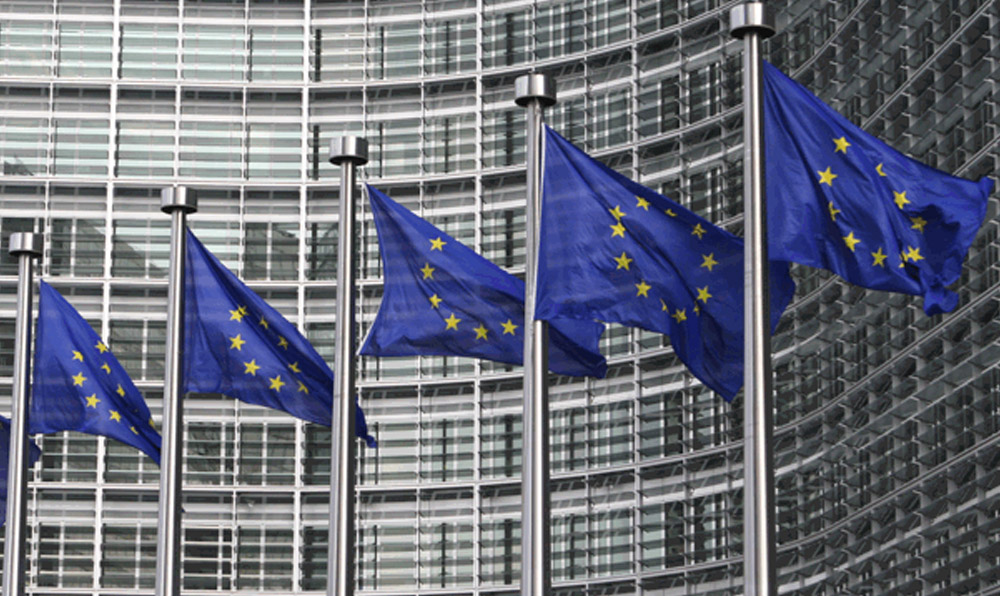Trade compliance is set to become even more challenging in 2025. The focus for many organizations will shift to adapting strategies that address geopolitical tensions, sustainability and ensuring their compliance tools are fit for purpose. Here Thomas Lobert, Solutions Consultant at Descartes, explains the trade compliance trends of 2025 and the upcoming changes that will affect businesses in international trade.
Key Takeaways
- Businesses must adapt to rapidly changing sanctions and export controls to mitigate compliance risks effectively.
- Addressing Environmental, Social, and Governance (ESG) requirements like ethical sourcing and carbon accountability is now integral to trade compliance strategies.
- Advanced technologies, such as AI, are transforming trade compliance by streamlining processes and reducing manual errors.
- Staying agile in response to shifting tariffs and trade agreements is critical to optimizing costs and maintaining compliance.
- Building diversified and flexible supply chains is essential to mitigate risks from geopolitical conflicts and environmental challenges.
Trade Compliance Trend #1 – Expanding Global Sanctions and Export Controls
A key trade compliance trend for 2025 will be the continued expansion of global sanctions fuelled by persistent geopolitical tensions.
As governments continue to use export controls and sanctions as primary tools of foreign policy, compliance professionals will need robust mechanisms, such as denied party screening, to adapt to fast-changing sanction frameworks.
Robust trade compliance programs will be crucial for businesses managing imports and exports within highly regulated supply chains, ensuring they meet the compliance requirements such as new restrictions on dual-use goods and technologies, expanded sanctioned entity lists and region-specific export controls in emerging markets. Tools like denied party screening will be indispensable to identify and mitigate risks.
Trade Compliance Trend #2 – ESG and Ethical Trade Practices
ESG issues are now an integral part of trade compliance. Teams are increasingly required to address greater accountability in their supply chains, with new regulations concerning carbon emissions accountability and environmental taxes.
For instance, companies will need to comply with stringent measures on various policies such as the Uyghur Forced Labor Prevention Act (UFLPA), which mandates proof of ethical sourcing to prevent the use of forced labor in products. Or the EU’s Deforestation-Free Regulation, targeting commodities like coffee, cocoa, and palm oil. Even the EU’s and UK’s Carbon Border Adjustment Mechanisms (CBAMs), which impose tariffs on imports based on carbon emissions. Denied party screening tools can complement these efforts by ensuring that organizations are not inadvertently engaging with restricted entities linked to unethical practices.
Integrating ESG considerations into an effective export compliance program will not only align organisations with sustainability targets but also ensure adherence to ethical sourcing standards.
Trade Compliance Trend #3 – AI and the Role of Advanced Technologies
Technology continues to reshape trade compliance offering business new ways to manage regulations and reduce risk. Another critical trend will be the integration of advanced technologies such as Artificial Intelligence (AI) in compliance processes.
AI tools such as Descartes AI Assist which helps automate workflows, is quickly becoming essential for teams to streamline their trade compliance processes, especially for denied party screening, reducing manual errors and managing real-time updates to regulatory requirements across multiple jurisdictions.
By leveraging AI trade compliance solutions businesses can enhance their compliance efforts to keep pace with evolving global regulations while ensuring thorough denied party screening processes.
Trade Compliance Trend #4 – Trade Agreements and Tariff Changes
One of the most impactful trade compliance trends in 2025 will be the shifting of tariffs and changing trade agreements. Businesses must tread carefully to navigate new complex frameworks to minimise costs and mitigate risks associate with tariffs and duties.
In recent history, the U.S. government has used tariffs to address trade imbalances and to protect domestic industries which led to trade countermeasures from adversaries and allies alike.
Both the Trump and Biden administrations have used Section 301, Section 232 and Section 201 tariffs on a range of products from all sorts of countries. With Trump’s re-election tariffs are again top of mind on the agenda.
In order to avoid penalties, businesses will need to focus on origin compliance, supply chain transparency and sustainability to avoid penalties.
Trade Compliance Trend #5 – Building Resilient Supply Chains
Our final trade compliance trend for 2025 is supply chain resilience. Building a robust and flexible supply chain should be a top priority with the increasing geopolitical conflicts, environmental challenges and stricter regulations.
To avoid disruption, trade compliance teams must map supplier risks especially those in high-risk regions and industries. Organizations must be proactive in their compliance with local regulations such as content requirements or export restrictions with the potential of tense country relations.
Relying heavily on a single supplier or region will increase vulnerability for businesses and diversifying suppliers should be key to help address geopolitical and natural disasters.
Your supply chain should help you comply with ESG requirements from regulations around labor and environmental laws such as UFLPA and CBAM.
Prepared for 2025
In 2025 trade compliance will need to become a strategic differentiator, organizations must not limit trade compliance to ticking boxes. Trade compliance departments need to be empowered to navigate the upcoming complex and unpredictable landscape with confidence and foresight.
Businesses will face questions like “How do we keep up with rapidly changing sanctions?”, “With stakeholders increasingly demanding ethical trade practices how do we achieve this with operational efficiency?” and “What tools and strategies can provide us with a strategic advantage?”
The answer to these questions lies in shifting focus from reactive problem solving to proactive leadership.



